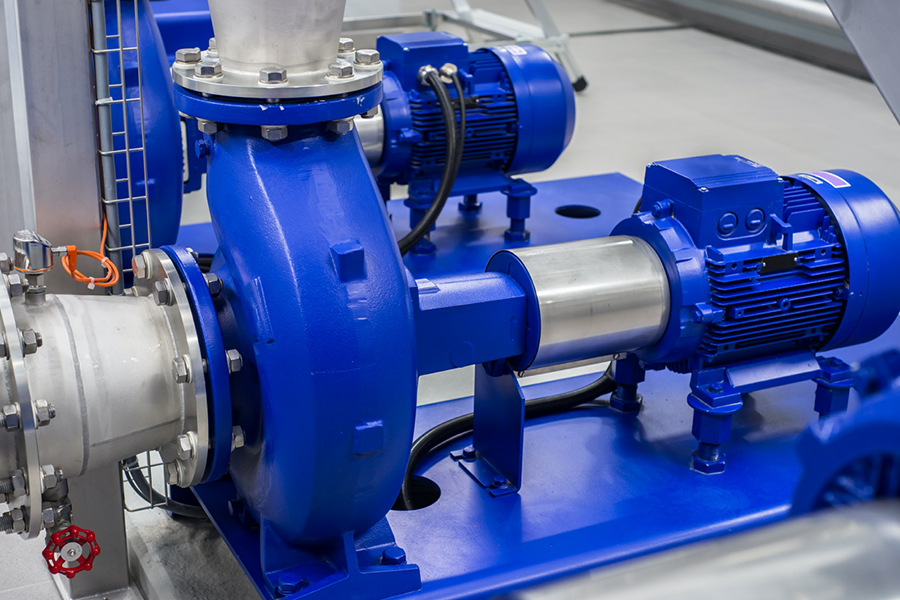Custom Cheap variable frequency control drive motor Maker
In the field of modern industrial automation, Variable Frequency Control Drive Motor has become one of the key technologies to improve production efficiency and reduce energy consumption. This kind of motor controls the motor speed by adjusting the frequency of the input power supply, thereby achieving precise control of the equipment's operating speed. This article will explore the accuracy of variable frequency control drive motors and analyze its importance in different application scenarios.
The accuracy of the variable frequency control drive motor is reflected in its speed control. Compared with traditional fixed frequency motors, variable frequency control drive motors can adjust the motor speed by changing the frequency of the input power supply according to actual needs. This adjustment is continuous, allowing for a seamless transition from zero speed to rated speed. This continuous speed control capability gives variable frequency control drive motors unparalleled advantages in applications that require precise speed control, such as conveyor belts, elevators, cranes, etc.
Secondly, the accuracy of the variable frequency control drive motor is also reflected in its control of torque. By precisely controlling the current and voltage of the motor, the variable frequency control drive motor can provide stable torque output at different speeds. The accuracy of this torque control is crucial for equipment that requires precise control of torque, such as precision machining, robots, etc.
In addition, the accuracy of the variable frequency control drive motor is also reflected in its control of the starting and stopping process. Since the variable frequency control drive motor can achieve soft start and soft stop, this greatly reduces the impact and vibration during starting and stopping, and improves the service life and smooth operation of the equipment. This precise start and stop control has significant advantages for equipment that requires frequent start and stop, such as pumps and fans.
The accuracy of the variable frequency control drive motor is also reflected in its control of energy consumption. By precisely controlling the operating status of the motor, the variable frequency control drive motor can provide energy efficiency under different loads. This accuracy in energy consumption control can significantly reduce operating costs for equipment that requires long-term operation, such as air conditioners and compressors.
In practical applications, the accuracy of variable frequency control drive motors is also reflected in its adaptability to the environment. Since the variable frequency control drive motor can operate stably in different environments such as temperature and humidity, it has high reliability in harsh industrial environments. This adaptability to the environment is of great significance for equipment that needs to operate under bad conditions, such as mining equipment, marine engineering equipment, etc.
However, the accuracy of variable frequency control of drive motors also faces some challenges. For example, motor control algorithms need to be continuously optimized to adapt to different application scenarios and load changes. In addition, the motor's electronic components and control circuits also need to be continuously upgraded to improve their stability and anti-interference capabilities. These challenges require motor manufacturers and control system suppliers to work together to solve them through technological innovation and product upgrades.
In short, the accuracy of variable frequency control drive motors is a key factor in their wide application in modern industrial automation. By precisely controlling the motor's speed, torque, starting and stopping processes, and energy consumption, variable frequency control drive motors provide efficient, stable and reliable power solutions for various industrial equipment. At the same time, facing the challenges brought by accuracy, motor manufacturers and control system suppliers need to continuously carry out technological innovation and product upgrades to meet the growing needs of industrial automation.

 English
English 中文简体
中文简体 عربى
عربى










